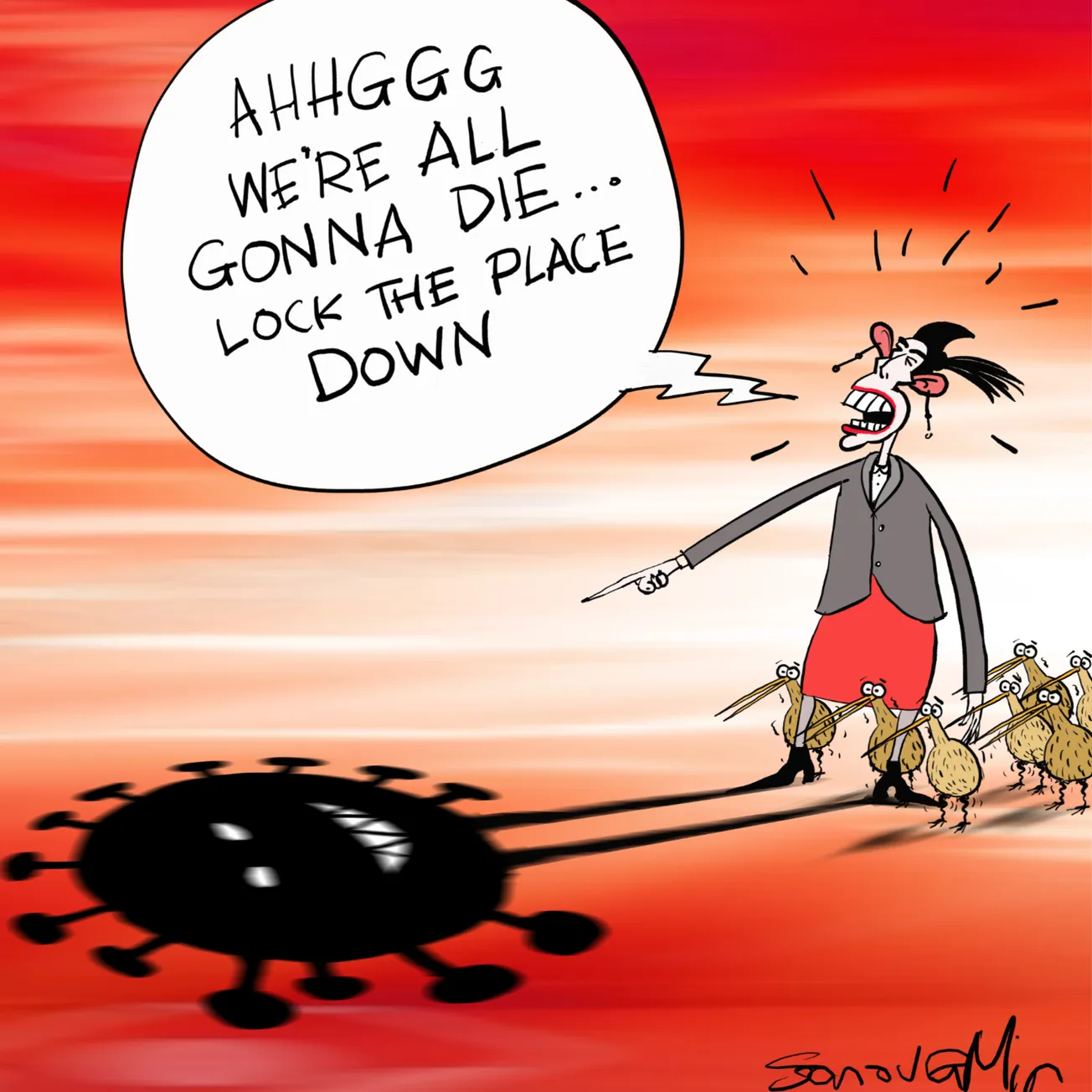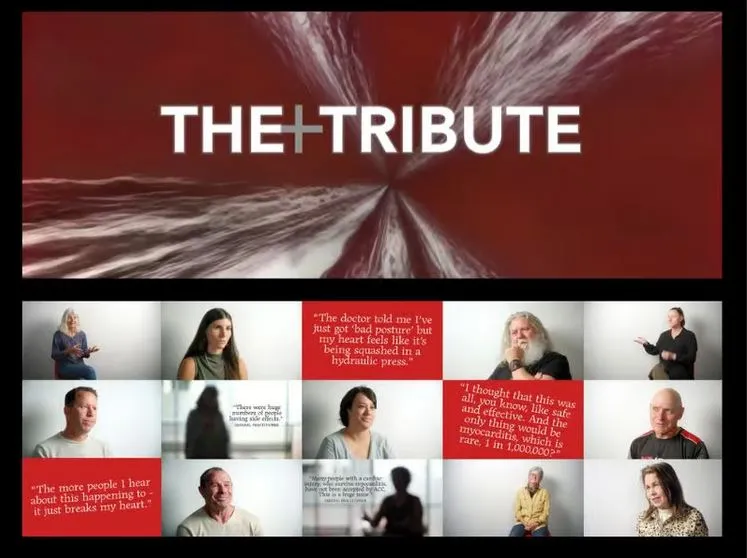Table of Contents
On 7 September 1964, a 60-second TV ad was shown during a presidential election campaign. A cute little three-year-old girl plucked daisy petals from a flower while standing in a lovely field. The mission control launch countdown 10,9,8,7,6,5,4,3,2,1, BOOM that followed was clear. Vote President Johnson. Don’t vote for the other presidential candidate Barry Goldwater, as he is a genocidal maniac who will set off a nuclear war. These are the stakes. You could die.
The famous Daisy ad did not have to even mention Goldwater’s name. It capitalised on people’s fears. It only had to find the viewers’ emotional trigger. The ad worked. Anti-war President Lyndon Johnson won in a landslide victory.
The late journalist Joe McGinnis observed that for some voters, voting is “a ‘psychological purchase’ of a candidate”.
The Daisy ad, though subsequently analysed, only ran once, then was pulled off the air. The American public was subjected to this perceived nuclear threat for only 60 seconds.
Prime Minister Jacinda Ardern on the other hand subjected the New Zealand public to a Covid-19 threat for two years. The ‘bought’ TV stations ran ads of sickness and death, while Ardern lectured the public from the Beehive podium. She repeated the numbers. How many had tested positive or had died of Covid-19 that day. Ardern never let up; she played on the viewers’ emotional triggers.
Terrifying pictures were shown of crowded ICU units with doomed people on ventilators. The horrifying scenes conveyed the message that it could be you next, on your death bed, struggling to breathe.
“Being unable to breathe is the most traumatic event you can imagine”, says Metin Basoglu, a founder of the trauma studies faculty at King’s College London. “Simply because there’s nothing you can do about it. Once you are out of breath, it is a prime example of helplessness. This is a quality that so often pushes intense stress to the realm of trauma.”
Drone images were shown, accompanied by haunting music, darkness and smoke rising, from the other side of the world. Indians lined up for mass cremations at makeshift sites. It was a shock witnessing raw grief as their Covid dead were placed on the pyre and set ablaze.
It can take an hour or more for the body to burn and their soul released, and it shouldn’t be rushed. (Aarti Betigeri, Lowry Institute 2021)
Mobile phones sent out screeching government alerts. The ongoing message was – be very, very afraid of Covid-19. Keep away from the unvaccinated as they are carriers of the deadly Covid-19. Irrationality took over.
“Neither man nor a crowd nor nation can be trusted to act humanely or sanely under the influence of a great fear.” (Bertrand Russell)
The sustained message by Ardern resulted in heightened fear, anxiety and social isolation. Mass trauma set in across the whole country. Anxiety overwhelmed many, causing them to keep away from family and friends. Isolating from others seriously ruptured Kiwis’ social networks, leaving them alone, disorientated, over-thinking, scared and wondering if they too might catch this deadly virus. Stress accumulated and a sense of helplessness added to the toll of despair.
The resulting effect of this mass trauma continues into 2023.
For many, separation and fear remain to this day. Only recently, a person mentioned they had to protect an immunocompromised child from unvaccinated people – with no understanding that they could also catch it from the vaccinated.
This pandemic trauma is more than a post-traumatic stress disorder.
What makes Covid-19’s trauma truly ‘massive’, though, is its impact on the entire population – including those who will never catch the virus or even know people who have. For many, the prospect of catching a deadly invisible disease, however unrealised, is obviously and intrinsically frightening. It invites what researchers call “interoceptive fear”: when our source of stress isn’t an obvious threat in the external environment, but our interpretation of the body’s (probably normal) mechanical processes.
Plus, against the sedate stasis of locked-down life, the virus’ exponential spread is difficult to comprehend. Our very sense of real life and its rhythms is disrupted, and anecdotal reports of distorted time, ‘a year of fog’ and scatterbrain abound. This isn’t helped by Covid-19’s constant attention in the media, either. The relay and repetition of pandemic news, while necessary, risks “vicarious traumatisation”, when frightening stories trigger feelings of traumatic stress in those who haven’t caught the disease. For example, a survey of psychotherapists who had heard about traumatic pandemic experiences from their patients found that around 15 per cent felt “high levels” of vicarious trauma, with the average respondent facing still “moderate levels”.
BBC. Ed Prideaux, 4 February 2021
A subset consisting of those who saw through the propaganda and reject Ardern’s negative and destructive narrative has formed. The truth is: very few people die from Covid-19. Many have found solace, fun and new friendships with like-minded Kiwis, where open dialogue is encouraged and support is offered. The danger for the others is that by ignoring the cumulative number of trauma exposures Ardern is responsible for, nothing is resolved. They cannot fully move on from this dread, and their unwillingness to even discuss it leaves them with ongoing and unnecessary anxiety. What goes unprocessed, even actively avoided, adds further to their alienation, lack of trust and social tension.
The American people in 1964 re-elected the politician who they believed was the one who could save them from war.
Kiwis also voted for the politician who they believed saved them from Covid-19. Big mistake. Disharmony and anger soon followed and quickly Ardern became the most despised PM NZ has ever experienced. She resigned.
Articles about the truth of ventilators in the UK:









